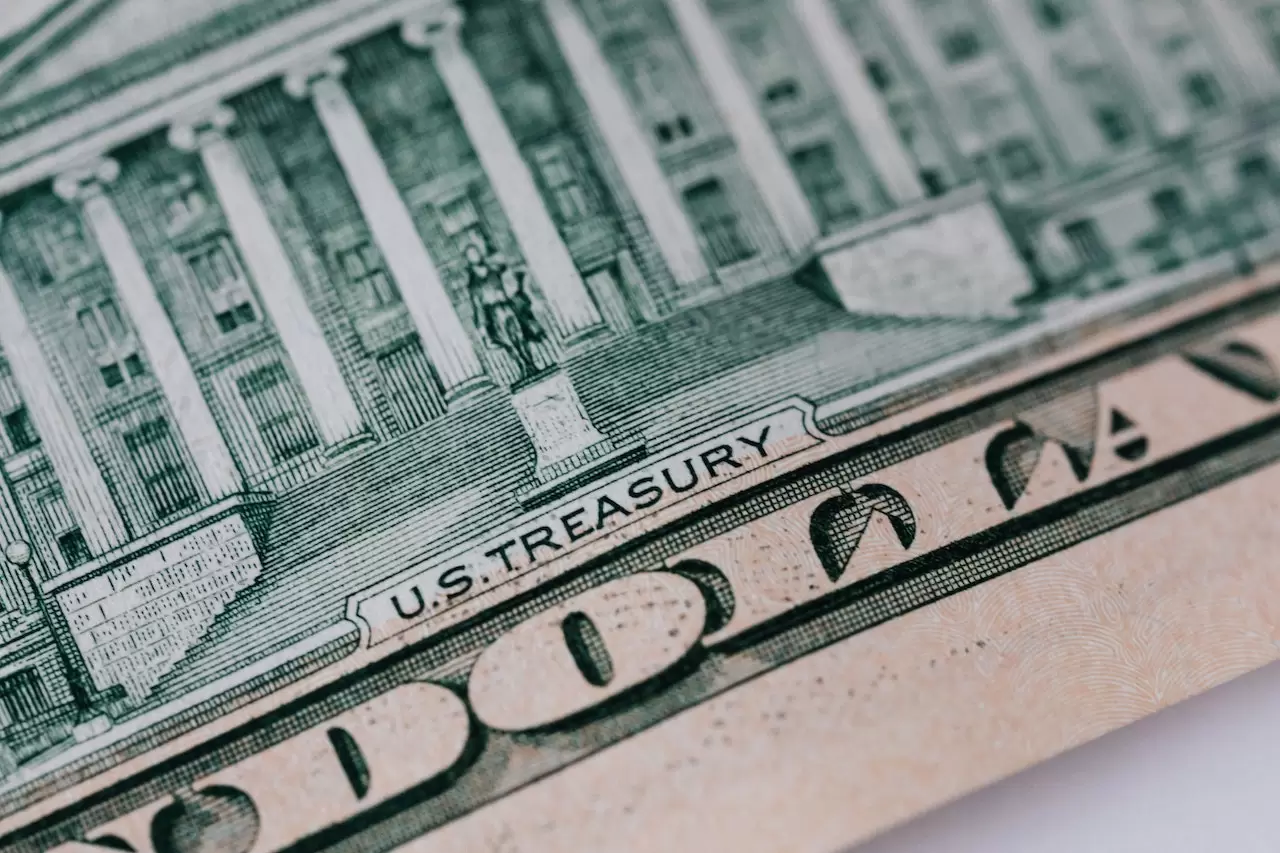The Canadian dollar, a.k.a the loonie, has been one of the best-performing G10 currencies so far in 2022. Notice how the CAD has a year-to-date climb versus most of its G10 peers, except for safe haven currencies such as the Japanese Yen and the Swiss Franc.

Go further back to the end of 2020 and you’ll also find that the CAD is the sole G10 currency that has advanced against the greenback since.
Free Reports:
 Sign Up for Our Stock Market Newsletter – Get updated on News, Charts & Rankings of Public Companies when you join our Stocks Newsletter
Sign Up for Our Stock Market Newsletter – Get updated on News, Charts & Rankings of Public Companies when you join our Stocks Newsletter
 Get our Weekly Commitment of Traders Reports - See where the biggest traders (Hedge Funds and Commercial Hedgers) are positioned in the futures markets on a weekly basis.
Get our Weekly Commitment of Traders Reports - See where the biggest traders (Hedge Funds and Commercial Hedgers) are positioned in the futures markets on a weekly basis.

Why has CAD been outperforming?
- Oil’s surgeCanada is the world’s fourth-largest oil producer and has the world’s third-largest crude reserves. The oil and gas sector accounts for about 5% of the economy, with the commodity being Canada’s largest export.
In short, Canada is reliant on oil. Hence, oil prices have a major impact on the loonie.
Considering oil’s rip-roaring 13% surge so far in 2022 (adding to last year’s 50% climb) that has helped boost CAD’s allure
- Higher yieldsYields are the calculation of earnings from an investment. And Canadian bonds are now offering higher yields than their counterparts in the US, Europe, and Japan. These higher yields suggest that investors would be more inclined to park their money in Canadian assets over those in other developed markets.
Such heightened demand also implies greater demand for the Canadian dollar, which in turn is offering support for the loonie.
- Hawkish BoC outlookMarkets are giving a 72% chance that the Bank of Canada will raise interest rates on January 27th, which would mark its first since the pandemic. Inflation in December hit 4.8% which was its highest reading since 1991. Raising interest rates is a primary way that a central bank can help subdue consumer prices.
Note that markets are also forecasting six rate hikes by the BoC before 2022 is over. That is more than the Fed and the Bank of England, who are both expected to hike 4 times respectively this year.
Overall, such ‘hawkish’ expectations have been fueling CAD’s strength in recent months, while also offering the rationale for those higher yields mentioned earlier.
However, not everyone agrees that a BoC hike this week is a foregone conclusion.
Two-thirds of economists surveyed by Bloomberg think that the Bank of Canada’s Overnight Lending Rate will remain at 0.25% this month. In fact, last Tuesday, markets had priced in an 82% chance of a January rate hike, only to pare back such bets down to 72% at the time of writing (hence the recent recovery in USDCAD).
In short, the BoC has to deliver on a hike this week to give USDCAD a chance of revisiting its 200-day simple moving average (SMA) as a key support level. That support region is also strengthened by the presence of the currency pair’s 50% Fibonacci retracement level from its June-December 2021 advance.
However, if the BoC disappoints some segments of the markets and keeps rates lower for a while more, that could see USDCAD testing its 50-day SMA for immediate resistance, with stronger resistance set to arrive around the 23.6% retracement line.
BoC vs. ECB to keep EURCAD’s downtrend intact
Compared against the likes of the European Central Bank, which remains far from raising its own interest rates, the BoC appears to be much further ahead in the path towards restoring policy settings to pre-pandemic levels
This diverging outlook has been a key driver of EURCAD’s downtrend over the course of 2021, aided further by the stellar gains in oil prices.
The unwinding of hawkish BoC bets has translated into a slight pullback for EURCAD in recent sessions, even as the pair recovers from oversold conditions after having broken below its lower Bollinger band and touching its lowest levels since April 2017.
Still, EURCAD is not expected to see significant gains in the weeks and months ahead, barring a dovish surprise out of the Bank of Canada this week.

As long as hawkish BoC expectations remain intact, depending on the mid-week meeting’s outcome, and with oil prices set to explore further upside, then the Canadian dollar could still see more gains against most of its G10 peers in the near future.
Disclaimer: The content in this article comprises personal opinions and should not be construed as containing personal and/or other investment advice and/or an offer of and/or solicitation for any transactions in financial instruments and/or a guarantee and/or prediction of future performance. ForexTime (FXTM), its affiliates, agents, directors, officers or employees do not guarantee the accuracy, validity, timeliness or completeness, of any information or data made available and assume no liability as to any loss arising from any investment based on the same.
 Article by ForexTime
Article by ForexTime
ForexTime Ltd (FXTM) is an award winning international online forex broker regulated by CySEC 185/12 www.forextime.com

- COT Soft Commodities Charts: Large Speculator bets led by Corn & Soybean Oil Nov 16, 2024
- COT Stock Market Charts: Speculator Bets led by MSCI EAFE & VIX Nov 16, 2024
- The Dollar Index strengthened on Powell’s comments. The Bank of Mexico cut the rate to 10.25% Nov 15, 2024
- EURUSD Faces Decline as Fed Signals Firm Stance Nov 15, 2024
- Gold Falls for the Fifth Consecutive Trading Session Nov 14, 2024
- Profit-taking is observed on stock indices. The data on wages in Australia haven’t met expectations Nov 13, 2024
- USD/JPY at a Three-Month Peak: No One Opposes the US Dollar Nov 13, 2024
- Can Chinese Tech earnings offer relief for Chinese stock indexes? Nov 13, 2024
- Bitcoin hits an all-time high above $88,000. Oil remains under pressure Nov 12, 2024
- Brent Crude Stumbles as Market Sentiments Turn Cautious Nov 12, 2024


